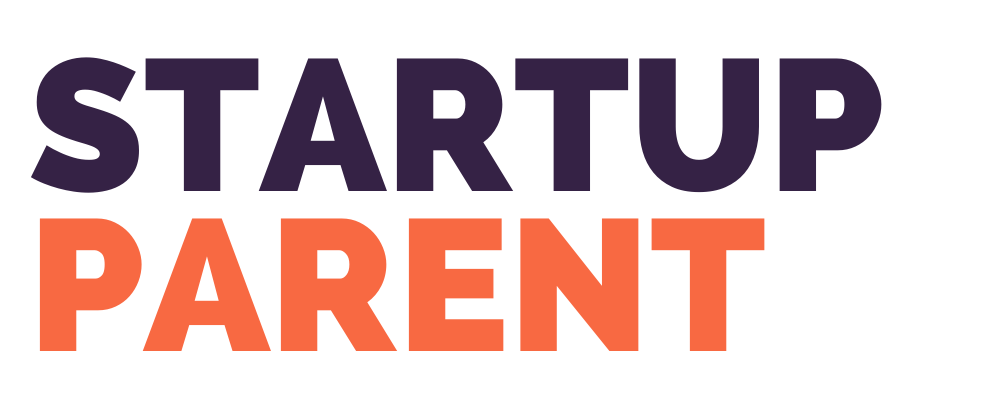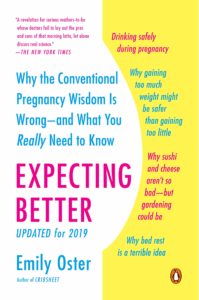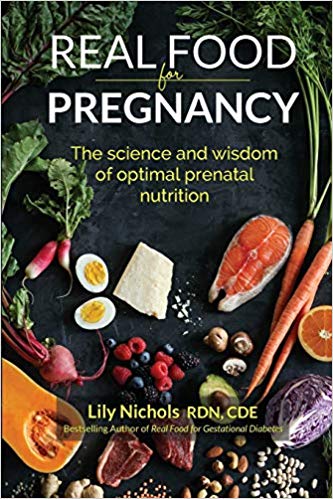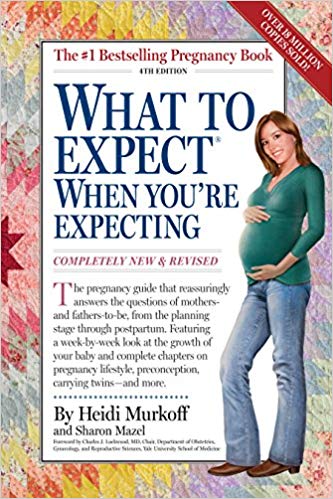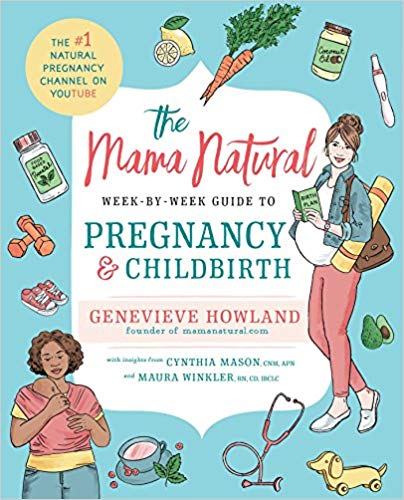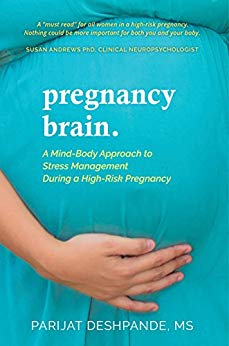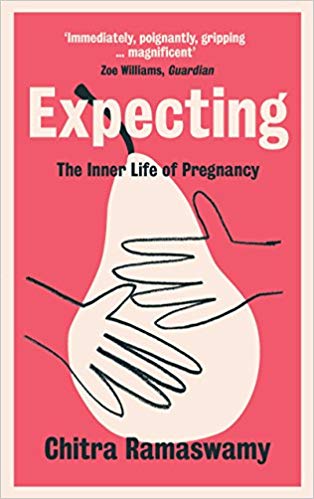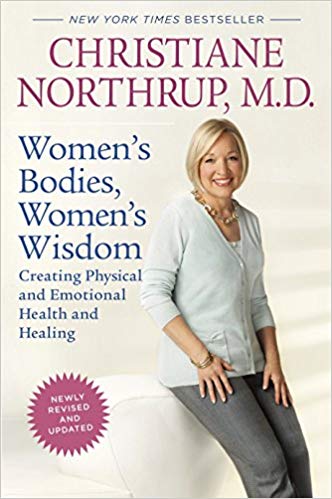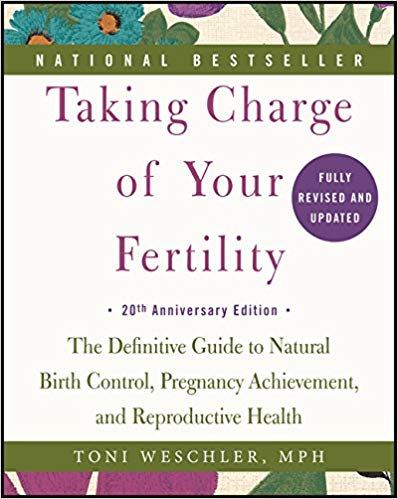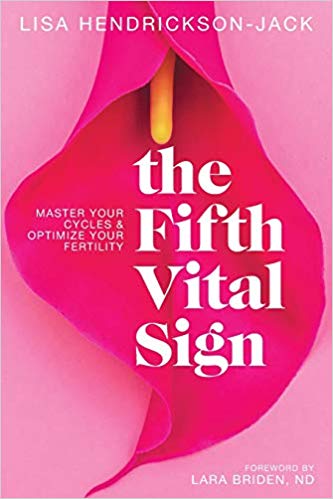READING LISTS
Sometimes the right book at the right time makes all the difference.
This is our library of recommended books to read if you're navigating your health, body, pregnancy, or the early days of parenting. In addition, I've got a round-up of my favorite books on business, entrepreneurship, marketing and leadership. Over the past decade, I've read hundreds of books and some of them are stand-out winners for business and parenting support. Good books, crafted with love and effort by authors who take years to pour wisdom into their pages, can be life-changing. Take a look through our recommendations by category, below!
PREGNANCY: BOOK RECOMMENDATIONS
If you’re pregnant and you need somewhere to start, these are the books that helped get me (and thousands of other women) through pregnancy, postpartum, and more.
PREGNANCY & FERTILITY
Expecting Better
Why the Conventional Pregnancy Wisdom Is Wrong—and What You Really Need to Know
Emily Oster
This is one of my favorite all-time pregnancy books. We had Emily Oster on the podcast twice, once to talk about Expecting Better. She’s an economist who studies data and pours over research to find what evidence there is for common claims in pregnancy and parenting. So much pregnancy advice is patronizing and way too idealistic, and is all lumped together in one massive dump of what you should and shouldn’t do when you’re pregnant.
The world will volunteer a lot of advice about who you ought to be, both in pregnancy and then again when you become a parent, and this book treats you like the independent adult that you are, and not solely as a cavity for a baby and nothing else. Yes, you’ll want to minimize the risks that you take, but humans take risks every day (getting into a car, for example), and we’re comfortable with a wide range of risks and behaviors simply as a condition of living. There is no perfect set of circumstances, but rather, doing the best you can with what you have, where you are, right now.
Expecting Better reassured me that some of the risks in pregnancy are over-blown, and that I can make my own choices in the face of the existing data (rather than have someone patronizingly tell me all of the reasons my choices are terrible for lots of over-stated reasons). If you love data and want to be told what the actual percentage of risks are with each behavior, as well as what’s been overblown or mis-stated in pregnancy “wisdom,” then read this book.
Real Food for Pregnancy
The Science and Wisdom of Optimal Prenatal Nutrition
Lily Nichols
A new, richly researched book all about how the nutritional recommendations for pregnant women don’t line up with the modern diet, so our diets don’t get us the nutrients we need. Real Food For Pregnancy changed how I think about prenatal nutrition, and ramped up my desires for cast-iron skillet veggies and robust fats and proteins—which I found delicious.
Lily is a dietician and a pilates instructor who was dismayed by the dismal prenatal nutrition guidelines and the alarming rates of gestational diabetes in pregnant women. Based on her understanding of nutritional best-practices and the changes in the human body during pregnancy, she poured over 900+ different research studies to examine the evidence and parse fact from fiction in the advice given to pregnant women.
The results were astonishing—and she spent the next few years writing up the results in her best-selling book, Real Food For Pregnancy. Her program for nutrition was adopted in patient programs, where high blood sugar rates and gestational diabetes diagnoses were cut in half after adopting her program.
What to Expect When You’re Expecting
What to Expect When You’re Expecting
Heidi Murkoff and Sharon Mazel
This book is considered one of the keystones of pregnancy wisdom, with a week-by-week list of symptoms, possibilities, and details about your baby. For my first pregnancy, I read and dog-eared pages of this book each week, and got a copy both on my kindle as well as the massive paperweight of the physical book, as well. I downloaded the app, as well, but be forewarned—when they ask you to put your email address and baby’s due date into the calculator, you can get a lot of spam. They share your email address with partners and you’ll find your inbox overwhelmed with diaper advertisements, among others, and I wish I didn’t give them my main email address. That said, there is a lot happening in early pregnancy, and it’s reassuring to know when the symptoms you’re experiencing are on the mark for a typical pregnancy.
The Mama Natural Week-by-Week Guide to Pregnancy and Childbirth
The Mama Natural Week-by-Week Guide to Pregnancy and Childbirth
Genevieve Howland
Every time I ask my friends what books they recommend, this one tops the list. I have not read the thing from cover to cover (yet), but I can’t skip including this. With 690+ reviews and an average of 4.7/5 star reviews, it’s hit home for a lot of people. Here’s my honest reason why I haven’t read it yet: I don’t love the word “natural” because of how vague and non-specific it is, and how it can inadvertently presume that “non-natural” is lesser or bad. I also don’t love how most of the illustrations and assumptions in the book are white-centric; you won’t find coiled, spiraled, or curly hair, dark skin tones, or women of color. I haven’t yet seen a mention of it, either, which concerns me (but I’m happy to be corrected if I just haven’t read that section yet.) This isn’t a problem that just this book has—a lot of western childbirth books seem astonishingly white-centered, and that’s a huge problem we need to acknowledge and fix.
So. Take this book with a grain of salt. I know it’s helped a ton of people, and I want to commend the amount of work that’s been put into the book, and how many people it has helped in dealing with the problems with the medical system. My two cents for all of these books is to learn as much as you can about low-intervention birthing methods, why they can be safer and more effective in many circumstances, and then understand what benefits hospitals and doctors can provide, and make the best choice for you and your family.
Pregnancy Brain
A Mind-Body Approach to Stress-Management During a High-Risk Pregnancy
Parijat Deshpande
Parijat Deshpande is a high-risk pregnancy expert and advocate, and she helps women navigate stress, anxiety, and emotions throughout the pregnancy and fertility journey. In her writing and research, she helps people learn how to manage the stress of a high-risk pregnancy and lower the risk factors for pregnancy complications.
What I loved about the book was the focus on peer-reviewed, evidence-based resources, and actual tools you can use, from mind-body work to physical calming mechanisms, to unpacking your belief systems and learning what you can control, and what you can manage. Pregnancy can be hard enough as it is; learning that you have a high-risk pregnancy or complications can make managing it even harder.
If you want to learn how to manage mental and emotional stress, if you want to know what you can do and what’s within your control, or you want to better understand the physiological response mechanisms in your body that you can tap into through your own mental experiences and guidance, then grab this book.
Expecting: The Inner Life of Pregnancy
Expecting: The Inner Life of Pregnancy
Chitra Ramaswamy
This book is likely to fly under the radar of most recommendations, because it was released and didn’t have much of a splash on most publishing lists. That said, I still quite loved discovering this book and finding my way into the lyrical, analytical, and descriptive ways the author found to describe pregnancy. For me, pregnancy felt like a grasping for words—a challenge in conveying adequately the way that it felt, took hold, and overtook me. Chitra provides a novelty in her prose, which was refreshing. By seeing someone else’s depiction of the world, I was able to expand my own understanding of it.
WOMEN’S HEALTH
Women’s Bodies, Women’s Wisdom
Women’s Bodies, Women’s Wisdom
Dr. Christiane Northrup, MD
This is a massive book that weighs 2.55 pounds in the paperback version and clocks in at 960 pages. First published in 1994, Dr. Christiane Northrup is a board-certified OB/GYN and past president of the American Holistic Medical Association who is known for pioneering new ways of thinking about medicine, women’s bodies, and integrative approaches between conventional medicine and functional medicine practices. I have not read the entire book, but rather focused on the chapters around preconception, menstruation, pregnancy and fertility. Today it still sits on my bookshelf along with dozens of other books by women, about women, and my baby laughs hysterically as he tries to pull it off the shelf because it’s so heavy and makes a loud thud each time it comes out. I also appreciated the detailed list of supplementation requirements and the ways in which women can become adrenally fatigued and out of whack energetically due to the ways we overlook women’s bodies and needs.
Taking Charge of Your Fertility
The Definitive Guide to Natural Birth Control, Pregnancy Achievement, and Reproductive Health
Toni Weschler, MPH
I never ended up picking this book up during my pregnancies, but it comes recommended by nearly every single person that I talk to. Written in 1995 and revised for a 20th anniversary edition in 2015, this 560-page book is described as “alternately silly, whimsical, and exhaustingly specific” and “ranked higher by customers on Amazon than all other books except the third and fourth Harry Potters,” by New York magazine. With 561 reviews, 91% of them five stars, this book goes in detail about gynecological and sexual health, how your fertility works, how to become pregnant and also avoid pregnancy naturally, and on the whole, develop a much better understanding of your own sexual health and fertility. If you want to know how your body works, and stop feeling like you are an enigma or puzzle you can’t solve, dive into the illustrations and specificity offered here.
The Fifth Vital Sign
Master Your Cycles and Optimize Your Fertility
Lisa Hendrickson-Jack
The four “vital signs” in modern medicine—temperature, blood pressure, respiratory rate, and heart rate—are data points that signal when your body is out of alignment and needs attention. They are signals and signs that help us better understand what’s within a normal range, and what isn’t. But what about another sign, that’s consistent, measurable, obvious, and normal within a full half of the population? In this book, Lisa Hendrickson-Jack makes the case for why our menstrual cycles should be key health indicators, and why overlooking the predictable and cyclical nature of our cycles can take us into a whole host of issues, from painful periods, to irregular cycles, to misunderstanding the pros and cons of The Pill, to having trouble with fertility and conception.
If you don’t know how your cycle works, if you have painful or irregular periods and you think “that’s just the way I am,” or you haven’t ever heard of (or looked at) your own cervical fluid, crack open this book. The Fifth Vital Sign is a wake-up call for how overlooked women’s cycles and bodies are, and is painstakingly detailed about what a menstrual cycle should look like, the ways our endocrine system works, and how to take care of female bodies.
